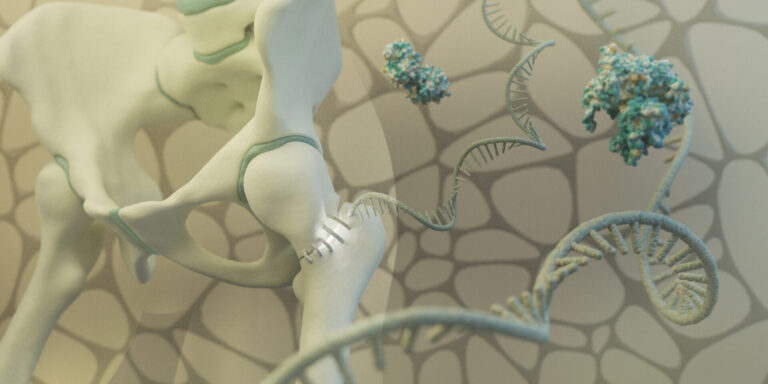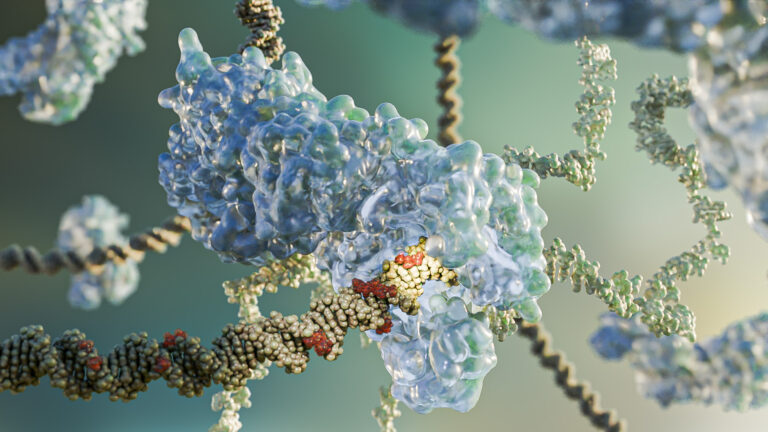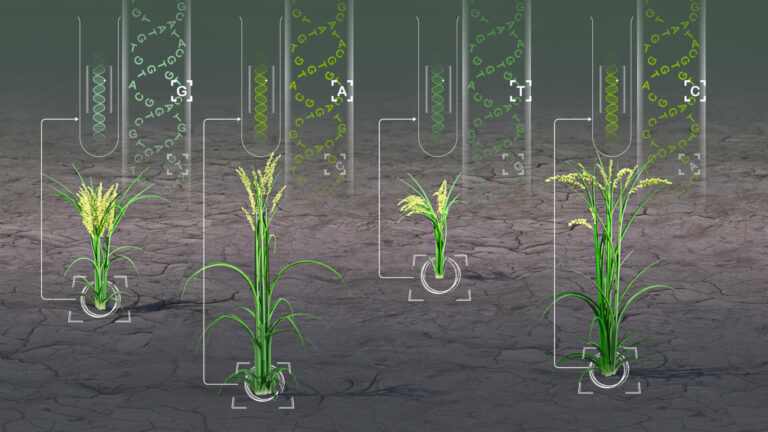Bioengineering
From head to tail in search of piRNAs
Small non-coding RNAs thought to be found in testes are also present in the adult mouse brain.

To avoid passing incorrect genetic information to their offspring, animals have evolved a number of protective mechanisms to maintain the integrity of their genomes. In particular, small non-coding RNAs known as piwi-interacting RNAs (piRNAs for short) help safeguard the genome by silencing transposable elements, mobile DNA sequences that, like viruses, can alter, replicate and spread throughout the genome.
Timothy Ravasi from KAUST and colleagues have now reported the presence of piRNAs in an unexpected place—the adult mouse brain.
Scientists first discovered piRNAs in germ cells, a type of cell found in testes that gives rise to sperm cells. Recent studies have reported the presence of piRNAs in follicle cells of fruit fly ovaries and in the basal cells of monkey epididymides, but with the results still preliminary, these small non-coding RNAs were thought to be restricted to germ cells only.
Ravasi and his team decided to look for piRNAs in mouse brain tissues at adult and two postnatal developmental stages. Using the latest sequencing technologies, the researchers could only confirm the expression of piRNAs in the adult mouse brain tissues.
Further characterization revealed that mouse brains expressed piRNAs that are similar in size to those seen in mouse testes. However, the researchers could not detect the presence of mili, a certain type of piwi proteins that specifically bind mouse testicular piRNAs.
In addition to the well-established role of silencing transposable elements, several studies have suggested that piRNAs may be involved in gene regulation. In light of this, the team used a novel approach that relied on RNA–target complementarity to seek out all potential targets of mouse brain piRNAs.
They managed to identify 41 messenger RNA or mRNA targets, suggesting the potential involvement of mouse brain piRNAs in mRNA regulation. In mouse testes, piRNAs protect genome integrity by silencing the so-called L1 elements. Although L1 elements are active during brain development, whether or not they are silenced by piRNAs remains unanswered and warrants further investigation.
The researchers believe their findings shed new light on the origin and functions of piRNAs, which is vital for the study of small non-coding RNAs.
“The fact that piRNAs are expressed in adult brain cells suggests that a tight regulation of genome stability is necessary for normal development in mammals,” said Ravasi.
References
- Ghosheh, Y., Seridi, L., Ryu, T., Takahashi, H., Orlando, V., Carninci, P. & Ravasi, T. Characterization of piRNAs across postnatal development in mouse brain. Scientific Reports 6, 25039 (2016).| article
You might also like

Bioengineering
Building better biosensors from the molecule up

Bioengineering
High value harvests from designer algae

Bioengineering
Stray DNA fragments challenge CRISPR precision

Bioengineering
Ancient RNAs kickstart bone repair

Bioengineering
Pioneering technique transforms genetic disorder diagnoses

Bioengineering
Defeating the deletion makes genome editing safer and more precise

Bioengineering
Analytic tool reveals more cream of the crops

Bioengineering



